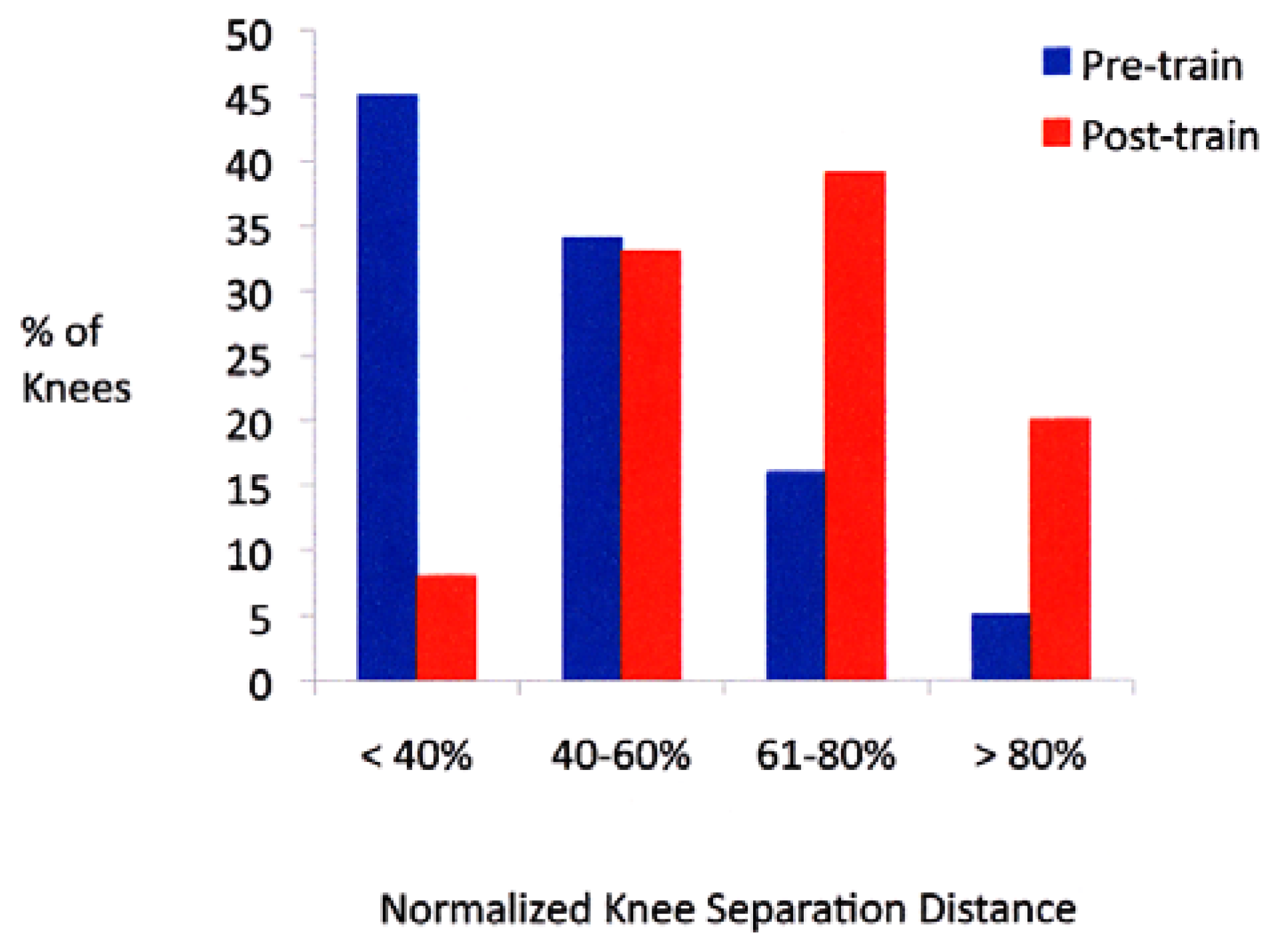ACL injury rates have garnered significant attention in recent years, particularly regarding the concerning prevalence of anterior cruciate ligament injuries among women athletes. Research indicates that female athletes sustain these injuries at a rate 1.7 times higher than their male counterparts, sparking investigations into the root causes behind this discrepancy. Contrary to popular belief that attributes these injuries solely to biological differences, new findings emphasize the role of social factors in shaping these statistics. With an increasing emphasis on injury prevention strategies, understanding ACL injuries in women athletes is vital for creating a safer sports environment. This discussion is not only critical for enhancing athlete safety but also for empowering women in sports, ensuring that they receive equitable resources and attention in sports science research.
The topic of ACL injuries resonates deeply within the realm of women’s sports injuries, highlighting a pressing issue that calls for urgent action and scrutiny. Variability in anterior cruciate ligament injury rates reveals disparities across genders, urging a closer examination of the factors influencing these differences. As sports scientists delve deeper into this phenomenon, it becomes crucial to explore not only biological factors but also the social dynamics affecting female athletes. By addressing the structural inequities and advocating for robust injury prevention strategies, the conversation surrounding women’s sports injuries can evolve. This broader assessment leads to a clearer understanding of how ACL injuries impact female sport participants and the measures necessary to enhance their athletic experiences.
Understanding ACL Injury Rates Among Women Athletes
ACL injury rates among women athletes are alarmingly high, drawing attention from sports scientists and health professionals. Studies show that female athletes are 1.7 times more likely to suffer from ACL injuries compared to their male counterparts. This statistic often leads to an oversimplified discussion that attributes the risk primarily to biological factors such as hormonal differences and anatomical structure. However, a deeper investigation indicates that the reasons are more complex and intertwined with social and environmental factors that affect women’s sports.
For instance, structural inequalities such as smaller team sizes and reduced training opportunities create a breeding ground for higher injury risks. Female athletes typically play on smaller rosters and therefore have fewer opportunities to practice and develop their skills optimally, which can lead to greater instability and injury during competitive situations. Understanding these factors is crucial for developing tailored injury prevention strategies that address not only biological but also social dimensions of sports participation.
Frequently Asked Questions
What are the specific ACL injury rates for women athletes compared to men?
Research indicates that ACL injury rates are approximately 1.7 times higher for female athletes compared to their male counterparts. This disparity is often attributed not just to biological factors but also to social and structural inequalities in sports settings.
How do biological factors contribute to higher ACL injury rates in women athletes?
While some believe biological factors such as hormonal cycles and anatomical differences lead to higher ACL injury rates in women athletes, recent studies suggest that social factors, such as lower investment in women’s sports and smaller team sizes, also play a critical role in these disparities.
What role do injury prevention strategies play in addressing ACL injury rates?
Injury prevention strategies can significantly reduce ACL injury rates among women athletes. Approaches can include improved training programs, better access to medical support, and tailored conditioning practices that take into account the unique needs of female athletes.
Why are women’s sports injuries, particularly ACL injuries, often under-researched?
Women’s sports injuries, including ACL injuries, have historically been under-researched due to lower funding and support for women’s athletics. This lack of attention results in less comprehensive data on injury rates and prevention strategies specific to female athletes.
What are some of the potential social factors contributing to ACL injury rates in women athletes?
Social factors such as underinvestment in women’s sports, smaller team sizes, and differences in competition exposure contribute to higher ACL injury rates among female athletes. These factors impact both the quantity and quality of training received, increasing their risk of injury.
How can sports science better measure ACL injury rates in female athletes?
Sports science can improve the measurement of ACL injury rates by disaggregating practice time from competition time, specifying individual training-to-competition ratios, and adequately accounting for team size and resource allocation for female athletes.
What insights have research findings provided regarding the ACL injuries in women athletes?
Recent findings highlight that the narrative attributing higher ACL injury rates in women solely to biological differences is overly simplistic. It emphasizes the need to consider social dynamics, athletic exposure, and structural disparities within sports science.
What future research is needed to better understand ACL injury rates in women athletes?
Future research should focus on inequities in training conditions, access to support staff, and comprehensive injury data collection. This will help in developing effective ACL injury prevention strategies tailored to the unique needs of women athletes.
| Study Factor | Men | Women |
|---|---|---|
| Roster size-based Athlete-Exposures (AEs) | 28 | 25 |
| Participant-based AEs | 19 | 17 |
| Player-hours | 6 | 6 |
| Injury rate per 100 roster-based AEs | 3.6 | 4.0 |
| Injury rate per 100 participant-based AEs | 5.3 | 5.9 |
| Injury rate per 100 player-hours | 16.7 | 16.7 |
| Injury risk per team member | 0.036 | 0.040 |
| Injury risk per participant | 0.053 | 0.059 |
Summary
ACL injury rates, particularly among women athletes, have been a subject of intense scrutiny and often misinterpretation. Recent research from Harvard’s GenderSci Lab highlights that traditional explanations attributing these higher rates solely to biological differences are misleading. The study points out that male and female athletes face different structural conditions and coaching resources, which significantly impacts training and competition-related injury risks. By advocating for a more nuanced understanding that includes social factors alongside biological ones, this research paves the way for more effective injury prevention strategies and interventions in women’s sports.
